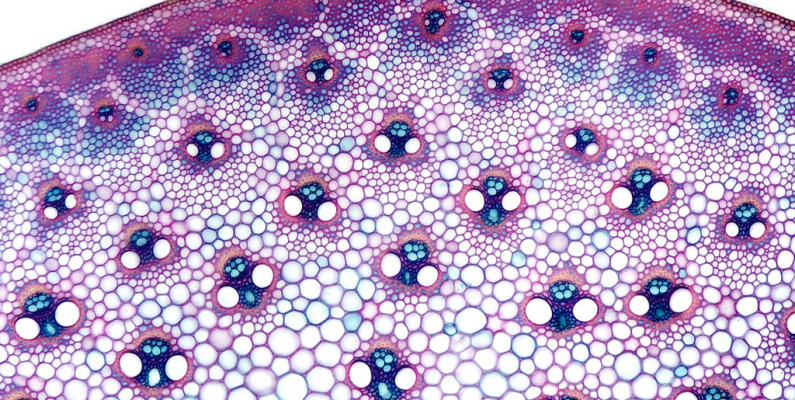
Here Science Communicator Claire Concannon continues our series introducing the science associated with some of the exciting new interactives in the soon-to-open Tūhura Otago Community Trust Science Centre.
17th century recipe for mice: Take one dirty shirt, add some wheat and leave for 21 days. Easy!
Before microscopes allowed close examination of living things, people did not understand what they were made of and how they arose. Many people accepted a theory of ‘spontaneous generation’ which held that living things could arise from non-living matter. It seemed to make sense: leave raw meat out and maggots would be found a week later; frogs appeared from mud, and fleas from dust.
Today we understand that all living things are made of cells – the basic units of structure and function in living things – and living cells can come only from other pre-existing cells. This is called Cell Theory and it all began in 1665 when English philosopher and scientist Robert Hooke looked down a microscope at a piece of cork tree. He thought the little rectangles he saw looked like the cells in a monastery. Thus the word ‘cell’ was born. Using clever experiments, and the power of the microscope, subsequent scientists showed that plants and animals were made of cells, and that tiny cells called bacteria could be found in water, in the air and all around.
The incredible power of microscopes to observe and capture images of tiny things in great detail has been vital to our understanding of the living world around us. Today there are many different types of microscopes used in laboratories all over the world. These include electron microscopes that allow scientists to view things at the scale of atoms!
In our new Tūhura Otago Community Trust Science Centre two microscopes (karu whārahi) will be available for visitors to use. Come and make your own discoveries about living things!
Image: Light microscope image of cells in a cross-section of bamboo. Credit: Bamboo (Fargesia sp.)| Eckhard Volcker | Flickr | CC BY-NC-SA 2.0
